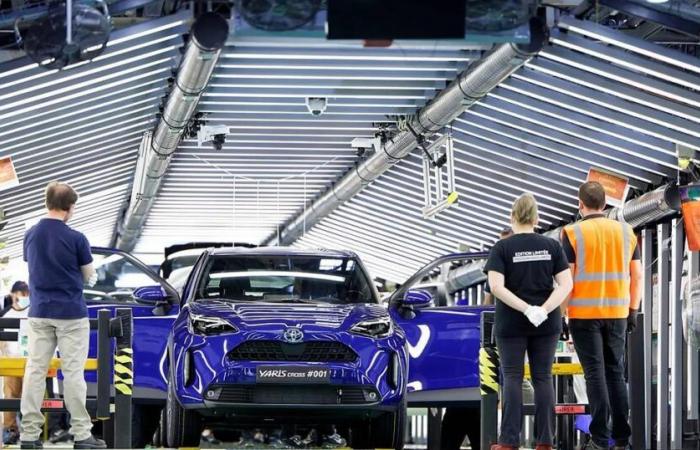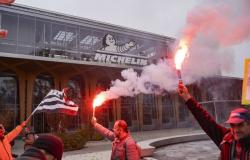
Established in Hauts-de-France for almost 24 years, the Japanese giant has managed to maintain the production of city cars, Yaris and Yaris Cross, in France.
Nearly 24 years after the start of production of the Yaris in Valenciennes (North), Toyota, the world number one automobile manufacturer, does not regret the choice of France which could have seemed risky at the end of the 1990s.
At the time, unemployment was plaguing the region. The textile industry and the steel industry have deserted the North. Jean-Louis Borloo, mayor of Valenciennes from 1989 to 2002, worked hard to reindustrialize Valenciennes. In 1997, he managed to convince Toyota to set up there. In ministerial offices, many doubt the viability of the project. For their part, French manufacturers fear leaving feathers behind.
« We will realize that globalization is an asset for our region which is regaining all its attractionreplied Jean-Louis Borloo during the signing of the protocol with Toyota, in December 1997, in full Chirac-Jospin cohabitation. We have a large canal with, in 2005, the Seine Nord connection, a quality industrial workforce, a technological university, hundreds of hectares available. We are at the crossroads of a motorway network leading to Germany, Belgium and Holland and, via the tunnel, to Great Britain where Toyota has set up its first European factory. »
The most productive French factory
The transplant has taken well in France. This Tuesday, the group is celebrating with great fanfare the five millionth copy produced in Onnaing, in the suburbs of Valenciennes, in the presence of Marc Ferracci, the minister responsible for industry. A source of pride for the five thousand workers at the factory which, since 2022, is the one that produces the most vehicles per year in France.
In its early days, the site assembled thermal city cars and even diesels, while other manufacturers gradually relocated these small models to Eastern Europe or North Africa. Hybrid models are making their debut in 2012 alongside thermals. The success of these thermal engines assisted by a small electric battery which recharges when braking, of which Toyota is the world leader, strengthens the production of the Onnaing site. It is true that they consume less fuel and emit less CO2.
400 million euros have been invested by the Japanese group in recent years to modernize the Onnaing factory and assemble two models: the Yaris then its SUV version, the Yaris Cross. The number of robots has doubled since 2017, to nearly 600 machines. The robots carry out the pressing of steel parts, welding, injection of bumpers, painting to order, etc.
100% hybrid cars
The two cars produced in Onnaing ensured the sustainability of the site. Toyota released 80,000 Yaris and 200,000 Yaris Cross from this factory in 2023. “Made in France” hit the mark with customers. Toyota plans to boost production and reach 300,000 vehicles produced on the French site, which exports 70% of its production to Europe. Since April, the factory has been entirely dedicated to the manufacture of hybrids, sales of which are skyrocketing while those of 100% electric vehicles are slowing down.
Will the Japanese giant decide to assemble 100% electric vehicles in Onnaing in the coming years? This is the gist of the story but for the moment, no timetable has yet been announced.
Onnaing competes with other sites. Toyota has several factories in the “European” zone: in the United Kingdom where the Corolla is produced, in the Czech Republic where the small Aygo and Yaris are assembled. In Türkiye, where C-HR crossovers are produced. Carbon-free electricity produced in France thanks to nuclear power could work in favor of the Valenciennois plant.





